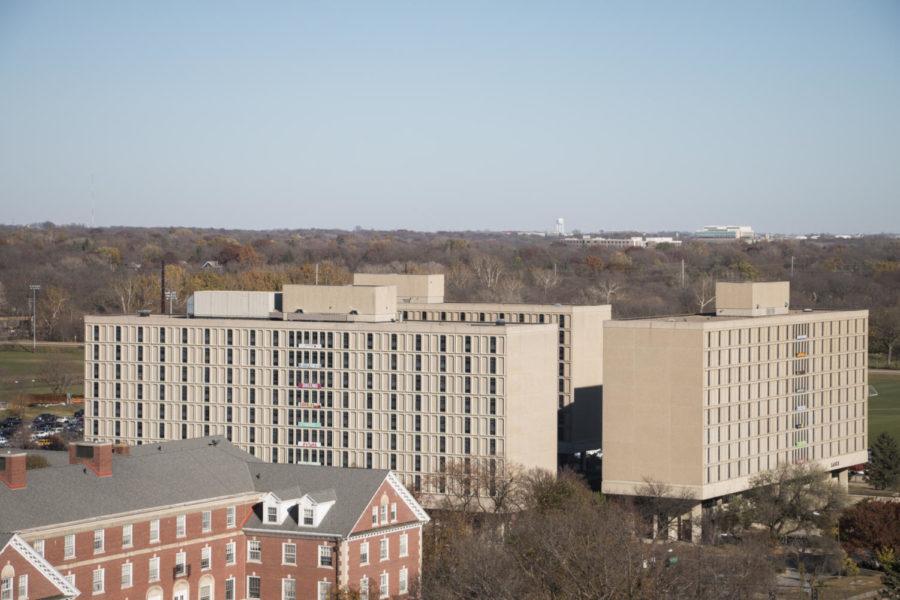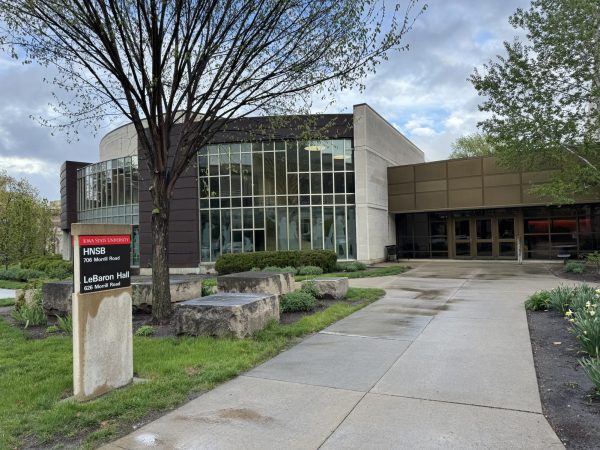Parking division goes green
September 30, 2002
The Department of Public Safety is doing its part to help protect the environment with a series of new projects this year.
One of the new changes is the fuel parking trucks are using. Capt. Doug Houghton, program manager in the parking division, said the Ford Ranger trucks DPS is using this year burn 85 percent ethanol and 15 percent gas.
The trucks are leased from the Transportation Services department annually. This year, Dave Strom, manager in Transportation Services, encouraged DPS to try the new ethanol tank.
There are several advantages to this type of fueling. Strom said ethanol is a renewable resource. Two gallons of ethanol can be produced from one bushel of corn. Ethanol is also better for the environment, he said.
“Thirty percent less greenhouse gases are emitted using ethanol over gasoline,” Strom said.
Another advantage is that now the trucks are flex-fueled vehicles. This means although the E85 trucks can run on ethanol, they also can run on gasoline, he said.
Houghton said he sees one disadvantage to the alternative fuel.
“The only downside for us is that we have to drive down to the Department of Transportation to get the ethanol,” he said.
However, Houghton said he felt it was worth the few extra minutes.
The parking division also worked with the Iowa Department of Natural Resources to make a parking lot of 10 percent glass.
Houghton first heard about Glasphalt at a conference he attended a few years ago and wanted to use it at Iowa State. This is the first opportunity he has had to do that.
The Department of Natural Resources took out 10 percent of the sand normally used to make asphalt and replaced it with glass waste product to form Glasphalt. Houghton said local glass was used.
“It is a good green project – we are recycling Ames glass,” he said.
The parking division chose a small lot to test this new product. During the summer, Lot 41, which is the first Glasphalt lot on campus, was completed, Houghton said.
“We are taking a little bit of risk to see if it will work,” he said.
Rick Fox, landscape architect for Facilities Planning and Management, said he thinks the project will be a success.
“I am guessing there probably won’t be any problems,” he said.
The parking lot and its success will be monitored over time by the parking division’s Pavement Management program, Houghton said.
Glass was not the only new product added to ISU parking lots this year.
Houghton said the newly constructed stadium parking lots used a product that contained fly-ash to stabilize the ground underneath the asphalt.
The stadium lots are built on a flood plane and easily become saturated, Fox said. This makes the soil a poor base to build a parking lot over because the ground will shift and cause the parking lot to crack.
An engineer developed the plan to use fly-ash, which is a byproduct from coal burning power plants, to create a better base to use in the parking lot, Fox said.
He said the project has been a success.
“The contractor was amazed with the outcome, and we are too so far,” Fox said.
Houghton said this project probably increased the cost of building the parking lots.
However, he hopes the lots will not need as much maintenance as before.
“It cost us more up front, but it will save us more in the long run,” Houghton said.
















